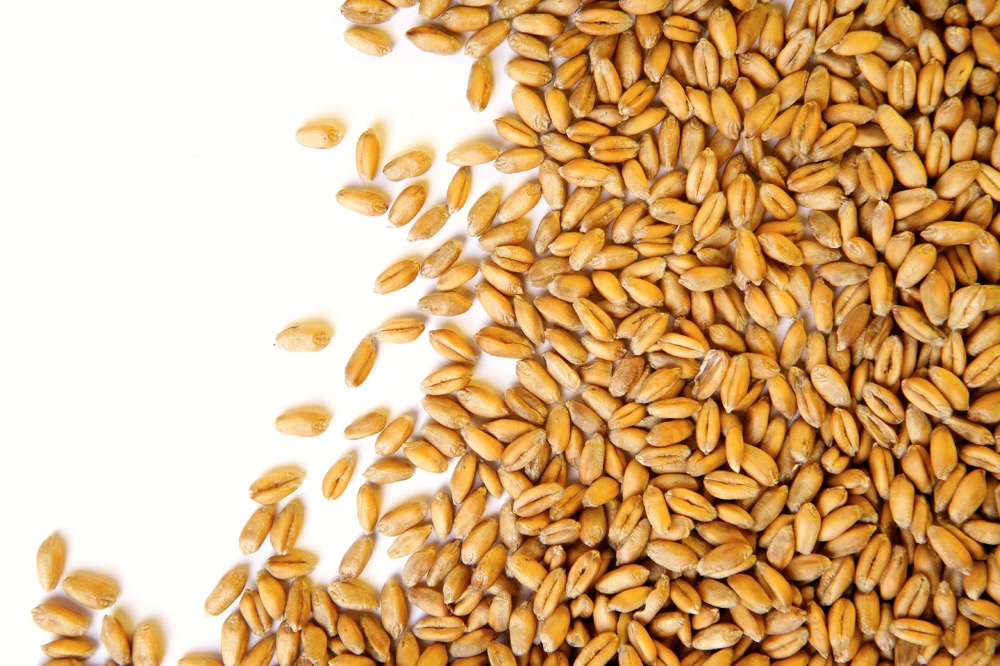MarketsFarm – Crops in Alberta will not only have much lower yields than in previous years, but good quality crops will be harder to find.
Provincial crop condition ratings declined over the past two weeks, according to the Province of Alberta’s biweekly crop report as of Aug. 10, which was released three days later. Only 18.2 per cent of all crops in the province are rated as either good or excellent, compared to the five-year average of 69 per cent.
The only crop where the majority was rated as good or excellent was potatoes at 51.7 per cent. Flax (29.8 per cent), mustard (27.1 per cent) and lentils (20.1 per cent) were the next three highest-rated crops. Chickpeas were the lowest rated at 11.9 per cent.
Read Also

IGC raises 2025/26 world wheat crop forecast
The International Grains Council has raised its forecast for 2025/26 global wheat production with crop outlooks upgraded for Russia, the United States and Argentina.
The most harvested crops in Alberta, so far, are 62 per cent of fall rye, 44 per cent of winter wheat, 32 per cent of lentils, 19 per cent of dry peas and 14 per cent of both durum wheat and triticale.
However, dryland yield estimates are only expected to be 58.7 per cent of the five-year average. Oats are projected for an average yield of 46.9 bushels per acre, with barley not far behind at 37.2 bu./acre. Spring wheat (29.9), canola (24.7) and dry peas (23.4) are also expected to have below-average yields.
Pasture conditions were rated as 52 per cent poor, 30 per cent fair, 17 per cent good and one per cent excellent. First cut haying is near completion, but there won’t be a second cut in most areas due to a lack of regrowth. The yield for first cut dryland hay was estimated to be one tonne per acre at 70 per cent good or fair quality. Irrigated hay was reported at 2.1 tonnes per acre at 90 per cent good or fair.
Heavy rains fell on parts of southern Alberta while the rest of the province received low to moderate amounts of moisture from thunderstorms. The precipitation may benefit hay and pasture fields, but it was not soon enough for most crops.












